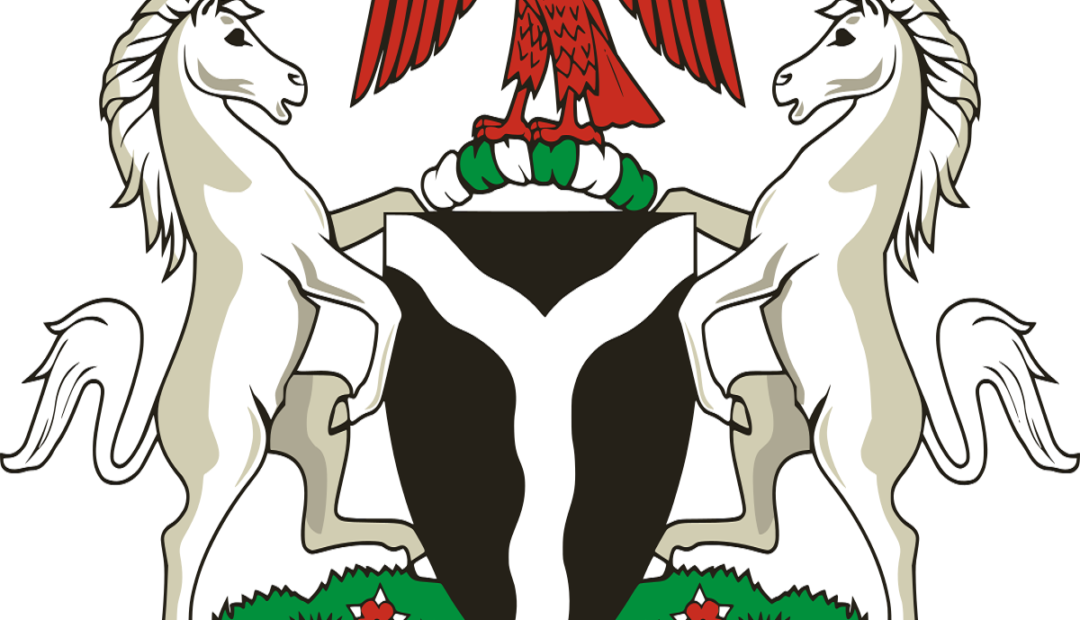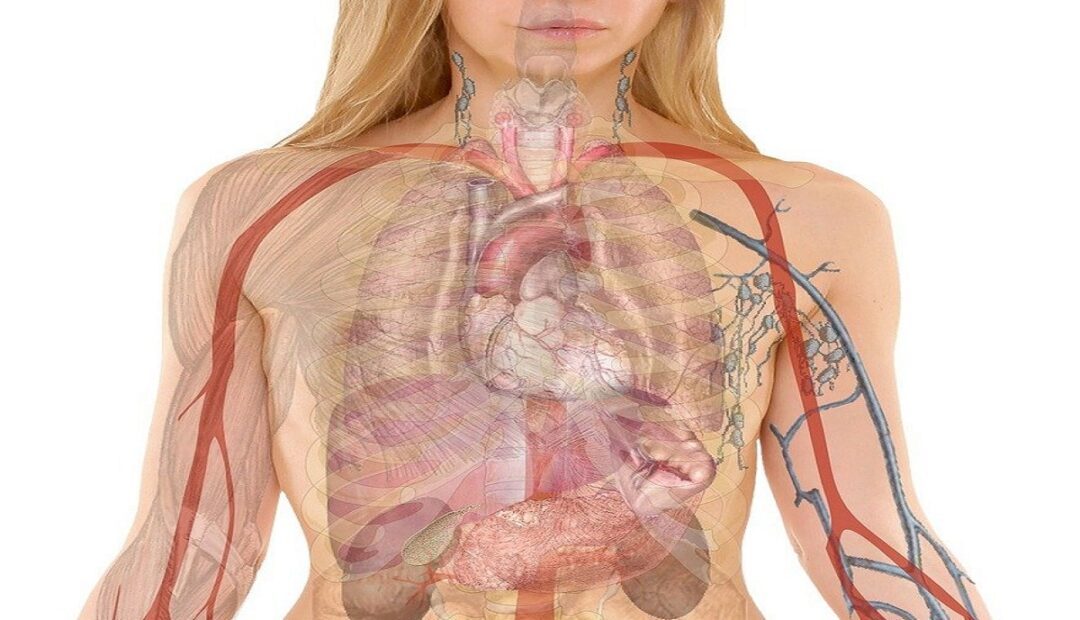SCHEME OF WORK FOR BIOLOGY SS 1
BIOLOGY SS 1- FIRST TERM Organization of Life 1. Recognizing living things 2. Classification of Living Things – Kingdoms: Monere, Protista and Fungi, Plantae and Animalia 3. The cell 4. The Cell and its Environment 5. Some Properties and ‘Functions of the Cell 6. Tissues and Supporting Systems 7. Nutrition in Animals BIOLOGY SS […]
SCHEME OF WORK FOR BIOLOGY SS 1 Read More »


